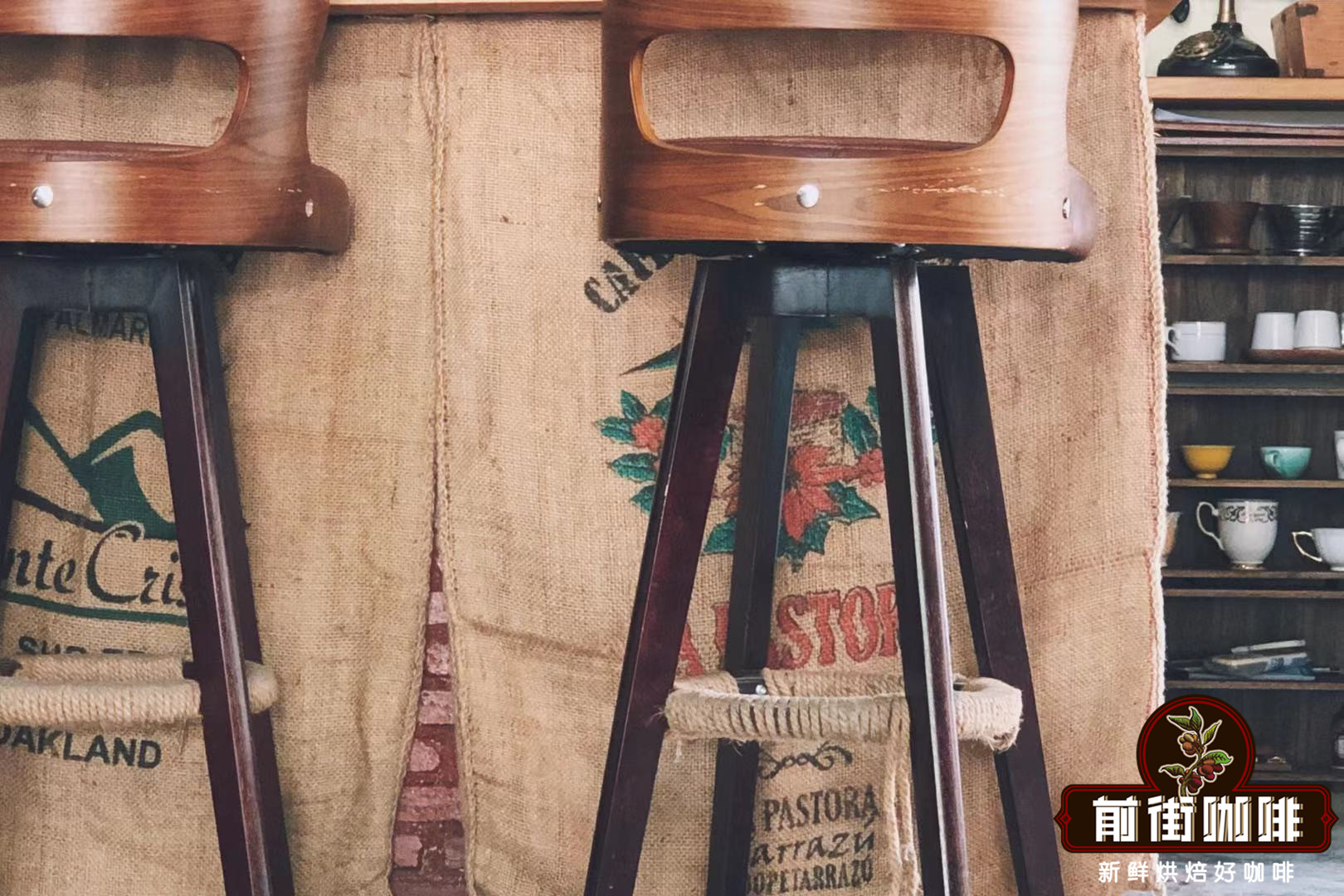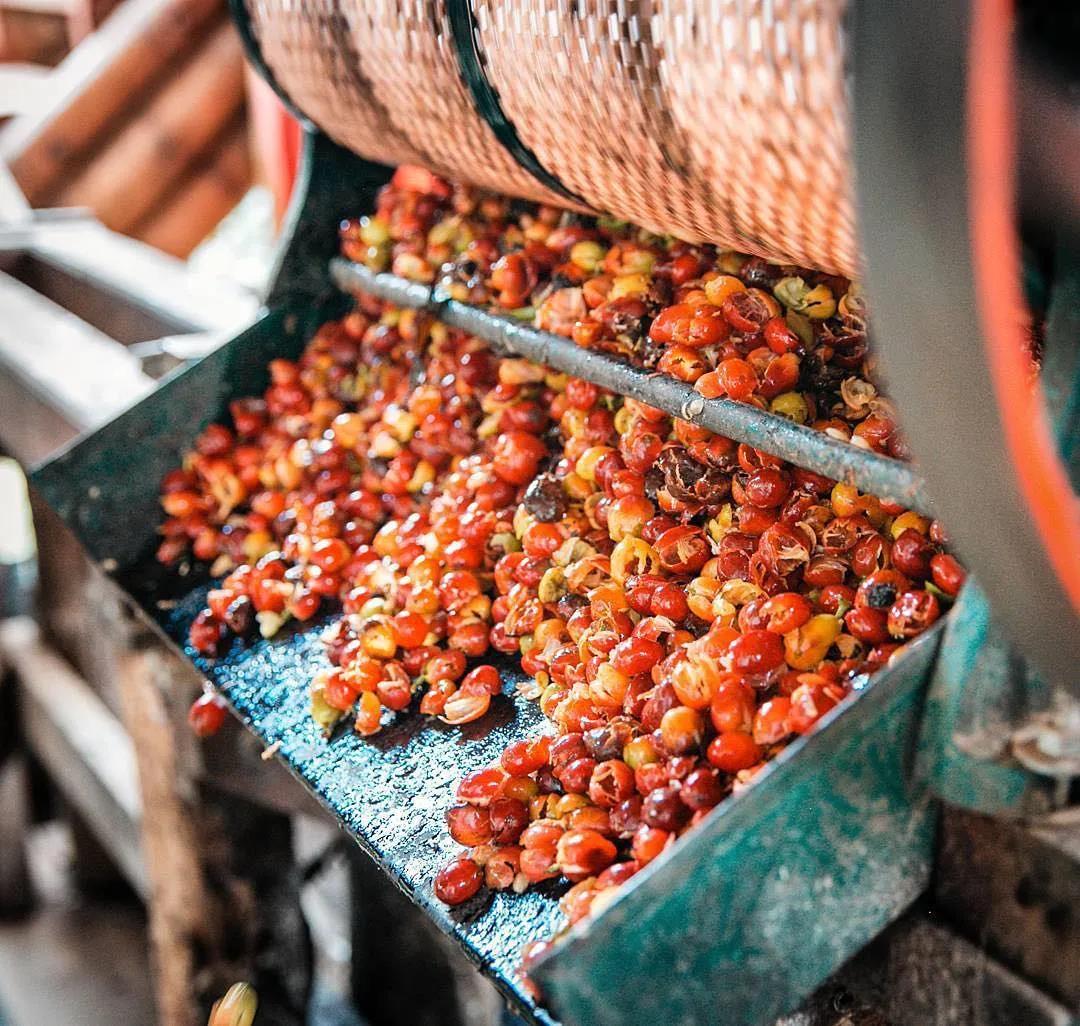Colombian boutique coffee Why Colombian coffee tastes more sour than other coffee?

Professional coffee knowledge exchange more coffee bean consultation please follow the coffee workshop (Wechat official account cafe_style)
Colombian coffee beans, geographically speaking, belong to the Central and South American coffee belt, and the flavor of the coffee beans should be more balanced, but when I drink it, when the coffee liquid touches the tip of my tongue, I can't help saying, "Hey, Colombian coffee is so sour!"
Is Colombian coffee really sour?
From a chemical point of view, coffee is rich in a variety of organic acids, such as acetic acid, chlorogenic acid, citric acid, malic acid and so on. When we measure the pH value of a cup of coffee, we will find that the average pH value of coffee is between 5. (but in fact, the acidity of coffee does not have much to do with the pH value, it is actually more about expressing the flavor we feel when we drink a cup of coffee. )
From the "roasting point of view", this is indeed the reason why most Chinese consumers define coffee in terms of taste and consciousness: "bitter". The deeper the coffee is roasted, the more organic acids in the coffee will be decomposed (especially the decomposition of chlorogenic acid), and the more bitter the caramel reaction will be.
First of all, let's take a brief look at some of the acids in coffee (except phosphoric acid, the rest are organic acids. )
Chlorogenic acid
Robusta raw beans contain 7%, 10% of chlorogenic acid, which is higher than 5.5% of Arabica beans, which is 8.0%. During baking, chlorogenic acid slowly breaks down into quinic acid and caffeic acid, which often bring bitterness and astringency to coffee.
Citric acid
Citric acid, which comes from metabolism, reaches its maximum at medium-to-shallow baking. In terms of taste, citric acid has a strong acidity, just like tasting an immature fruit, but the tonality tends to lemon, citrus, nectarine and so on. In general, beans from Central America are high in lemons.
Phosphoric acid
This is the inorganic acid in coffee, which comes from soil and fertilizer. Although there is still 1% phosphoric acid in coffee, it is said that phosphoric acid is 100 times stronger than other acids. It is also said that phosphoric acid has no taste, but it is mixed with other acids to create BlackBerry and blackcurrant flavors.
Malic acid
It comes from cell respiration and is easy to decompose during baking. the degree of baking has been lost by 1/3, but it is the key to the existence of soluble flavor substances in the cup. Malic acid is similar to citric acid, but more balanced, adding more fruity flavor to coffee.
Acetic acid
It is acetic acid, which is mainly produced in the coffee fermentation process. With the development of baking, the content of acetic acid will increase (from the decomposition of sucrose), but will gradually decrease because of its volatility. If the acetic acid content is moderate, it will provide the coffee (sweet, clean flavor), but if too much, it will produce vinegar or over-fermentation.
Having said so much, why does Colombian coffee taste more sour than other coffees?
Coffee variety

As we all know, Arabica is grown in Colombia, and although the content of chlorogenic acid in Robusta is about 2% higher than that in Arabica, this does not mean that Robusta's coffee will be more "sour"; on the contrary, during baking, chlorogenic acid breaks down into quinic acid and caffeic acid, bringing bitterness and astringency to the coffee.
Not only that, Arabica contains more sugar and oil than Robusta. In addition to creating a stronger sweetness and complex flavor, the sugar also breaks down during the baking process, resulting in a sour mixture.
Planting altitude
Colombian coffee is grown above the altitude of 800m-2300m, and the high-altitude planting environment creates a perfect living space for coffee: low temperature makes coffee fruit ripen slowly, adequate metabolism is conducive to the accumulation of acids, temperature difference between day and night is conducive to sugar accumulation, leaf rust and coffee pests are reduced, and so on, all of which create a more complex flavor characteristics of coffee. Among them, the sour quality of fruit is more prominent. For example, in the Nalinglong producing area with an average elevation of 1800m, its citric acid is its biggest feature. In addition, coffee grown at high altitudes has higher hardness and density, so it is more resistant to baking, which makes the decomposition rate of acids slower.

Treatment method
The vast majority of coffee in Colombia is washed, and the process of desquamating and degumming filters out some sucrose and fructose, increasing acidity; the fermentation process of washing is also conducive to the production of acetic acid. On the contrary, the sun is first treated with complete fresh fruit, and the sugar-rich pulp layer does not leave the coffee raw beans, thus increasing the overall sweetness.
Acidity is an essential part of a cup of coffee, they are active, bright, smooth, or fruit-like, but they can also be sharp, sour and so on, giving our taste buds a rich space to explore.
In addition, different acids show different flavor characteristics under different roasting degrees, so the "more sour" Colombian coffee has "higher plasticity" when roasting. The flavor characteristics will also be "more layered". Of course, this is also a test of the craftsmanship of all bean roasting artists.
Of course, the acidity of the coffee presented in front of us is not only affected by several factors, but also related to the baking method, brewing method and temperature, and the thickness of grinding particles. Even the three points I have listed cannot fully summarize "Why Colombian coffee tastes sour than other coffees" from the perspective of origin, including soil, precipitation, microclimate, planting methods, and even the age of a coffee tree is related to the presentation of coffee flavor.
For more boutique coffee beans, please add private Qianjie coffee on Wechat. WeChat account: kaixinguoguo0925
Important Notice :
前街咖啡 FrontStreet Coffee has moved to new addredd:
FrontStreet Coffee Address: 315,Donghua East Road,GuangZhou
Tel:020 38364473
- Prev

Can coffee trees be planted in the coffee tree planting room? Growth conditions of Coffee trees
Professional coffee knowledge exchange more coffee bean consultation Please follow the coffee workshop (Wechat official account cafe_style) Coffee trees are difficult to grow outside tropical and subtropical climates, but if you have enough indoor and outdoor space or outdoor space as well as a suitable climate, you can plant several coffee trees at home and produce a small number of coffee beans yourself. A coffee tree takes three to five years.
- Next

How to evaluate boutique coffee? Using coffee cup test to evaluate the quality and flavor of fine coffee
Coffee workshop (Wechat official account cafe_style) Coffee is one of the most complex drinks we drink, it has more aromatic compounds than wine, and hundreds of aromas and flavors are found in coffee. The source of coffee, the kinds of coffee beans used, the processing and roasting process of beans
Related
- Beginners will see the "Coffee pull flower" guide!
- What is the difference between ice blog purified milk and ordinary milk coffee?
- Why is the Philippines the largest producer of crops in Liberia?
- For coffee extraction, should the fine powder be retained?
- How does extracted espresso fill pressed powder? How much strength does it take to press the powder?
- How to make jasmine cold extract coffee? Is the jasmine + latte good?
- Will this little toy really make the coffee taste better? How does Lily Drip affect coffee extraction?
- Will the action of slapping the filter cup also affect coffee extraction?
- What's the difference between powder-to-water ratio and powder-to-liquid ratio?
- What is the Ethiopian local species? What does it have to do with Heirloom native species?

